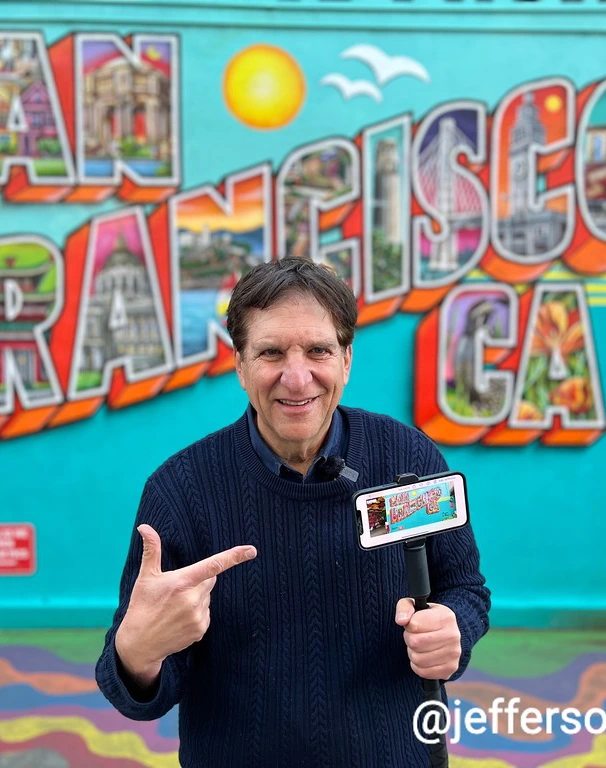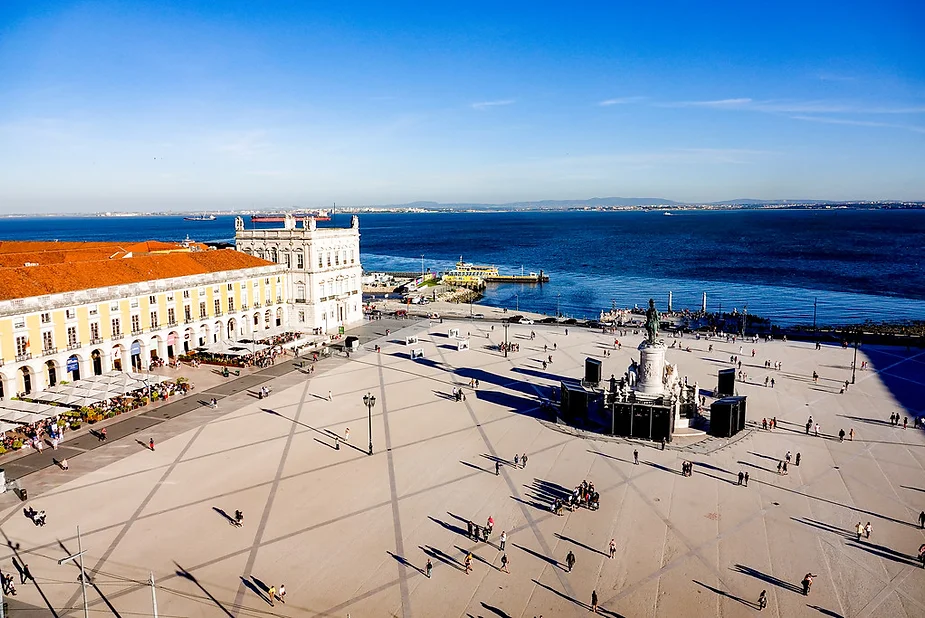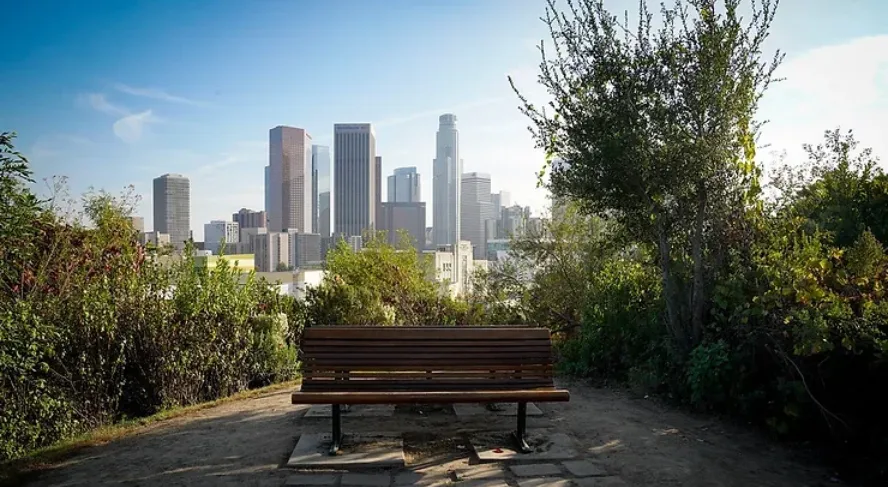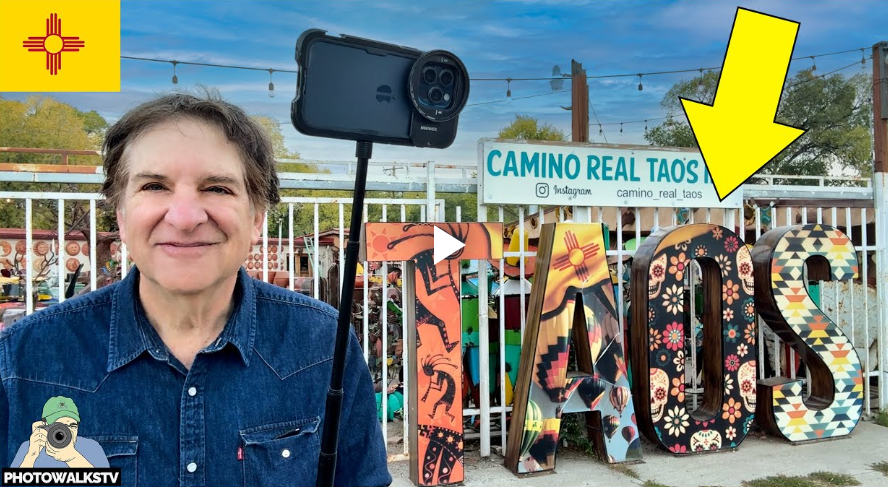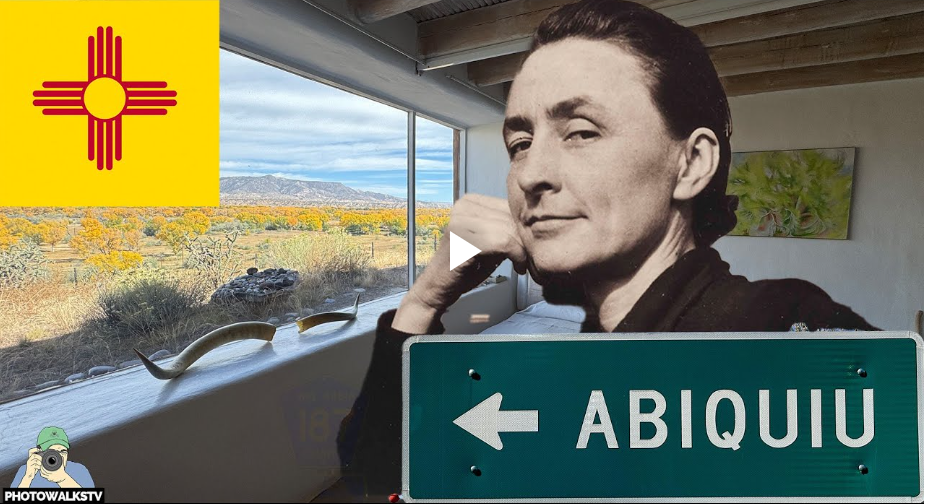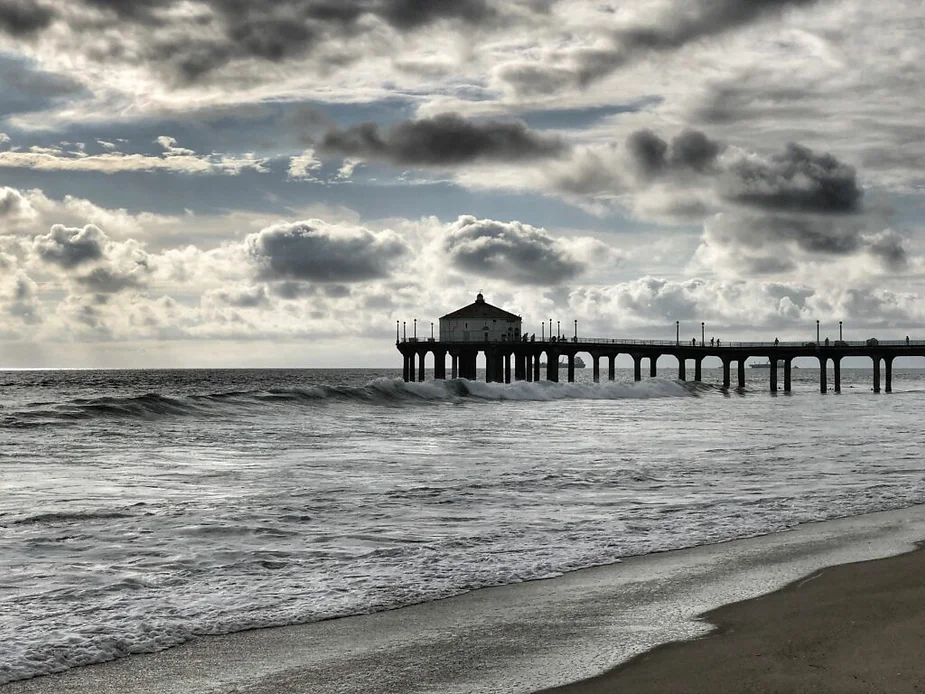
“Just before the rain in Manhattan Beach” 5/15/2019
May 16, 2019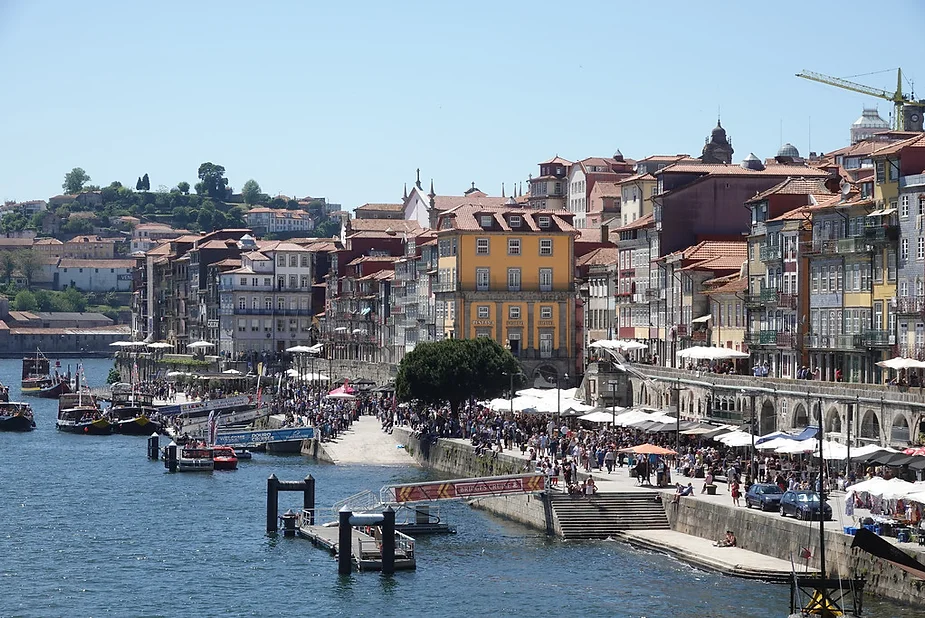
Porto Portugal #Photowalk
June 1, 2019Place. The capital city of Portugal, where the language spoken is either Portuguese, like in Brazil, or the color of money, English.
Where. Directly next to Spain, on the Atlantic Ocean coast, the western most European country. Located on the west coast, Lisbon is the San Francisco of Europe, with cable cars and a bridge that resembles the Golden Gate. Then add the unique foods and guitars, Portuguese language, Fado shows and a massive love of tiles all over the city, and you’ve actually got a city like no other.
Postcards: Colorful tiles, the #28 yellow trolley cars, hilly overlooks, the waterfront, the fado dancers and all those old European buildings.
Quote: “Lisbon is photography heaven. Shutterbugs can’t get enough of the pastel facades, panoramic vantage points at seemingly every corner, vibrant street art and of course those famous sunshine-yellow trolley cars.” Globeguide.ca
Lisbon Photowalk
We begin on the water and continue through the narrow backstreets. Blow up the map for a complete visual guide.
1. COMMERCIAL PLAZA
I recommend starting down by the waterfront, in what’s known as the Commercial Plaza in english. This is one of those great large European plazas, with a twist–you also get a killer view of the river. (Along with tourist office, plenty of cafes, and street performers.)

2. RUA AUGUSTA
For a great overhead view, you can’t beat Rua Augusta. This will take you right into the grand arch that overlooks the plaza. Pay 3 Euro, ride up the elevator, and go to the top for a view of the plaza, waterfront, and on the other side of you, the city of Lisbon.

3. RUA DE PRATA
Afterwards, take the elevator down, and continue north, up Rua de Prata street, where you’ll find cafe after cafe, shops and street performers. I loved snapping away at this John Lennon emulator covered in mud, not just for his facial expressions, but the ones of people watching him as well.



4. SANTA JUSTA LIFT
Next stop: the Santa Justa Lift, which is one block over on Rua do Ouro. You can’t miss it. Just look up. This is another setting for an overhead view, and usually attracts a massive line. The view isn’t any different here from the Rua Augusta. Better bet: stand across the street and get a shot of the unique 19th century building.

5. TILES
Look down, up and around. Tiles are seemingly everywhere in Lisbon. Buildings are lined with them, your feet walk over them as you tour the city. Capture the tiles with your cameras.



6. #28 Cable Car
Everyone will tell you that as a Lisbon tourist, the best deal in town is to pay 6 euro for all day transit pass, hop on the #28 cable car, and jump on and off as it takes you all over town, through the historic Alfama neighborhood, the oldest in town.
What they don’t tell you is that you’ll probably wait at least an hour to nab a car, and once you get on, all the seats will probably be taken. A long cable car ride standing up is not a great experience.
Two tips: the first is to get there early. We jumped on one morning at 9 a.m., and from there, I had a unique vantage point for street photography, peering my lens out the cable car window. Once we hopped off, we couldn’t get back on, as either we got impatient waiting for it to arrive, or once it did, it was so crowded, there was no room from us.
A tip I picked up from a fellow blogger was to just nab the #28 route map, and walk it instead. It’s only a a 3 and a half mile route, roundtrip. This will get you closer to the quiet, narrow and hilly backstreets, tiles and street people you’ll want to meet. Like our other European Photowalks, trust me, the best things in Lisbon are free, and are all right here.


Food
Don’t forget about the unique food, which is highlighted in two areas: sardines, if that’s your thing, and pastries. Many shops all over town spotlight the Pastel de Nata, an egg tart pastry, which is usually served dusted with cinnamon and powdered sugar, and best enjoyed warm. These are also popular in Europe, Asia and Brazil.


SECOND DAY: Sintra
On your second day, you’ll want to head to the train station and take a short 45 minute hop to the magical village of Sintra. Like Lisbon, it’s hilly and crammed with shops all over the back streets. The highlight for many is a visit to the old National Palace, which seems like a Disneyland take on what a royal castle might be like, except that it’s real, dating back to the 11th century.


FINALLY…
Back in Lisbon, enjoy the many overlooks in town, enjoy a Fado show, which is dramatic music sung to a guitar, take a funicular ride up those massive hills and take lots of photos. As I learned the hard way. Where was that killer shot of the Pasteis de Nata? And why did I forget to take it?


For more visuals, please check out our Gallery of images from Lisbon.
#camera #photography #lisbon #portugal #photowalk #jeffersongraham #europe

 Scripps News
Scripps News